The Silver Bantam is an extremely rare ornamental breed of duck. Confusingly, they are often called “Silver Bantam” in the UK and “Miniature Silver Appleyard” in the USA, even though they are a separate breed from the true miniature version of the Silver Appleyard.
Silver Bantams are mostly kept as pets or for exhbition.
They are extremely rare and their numbers are diminishing. The Rare Breeds Survival Trust (RBST) lists them as a priority breed.
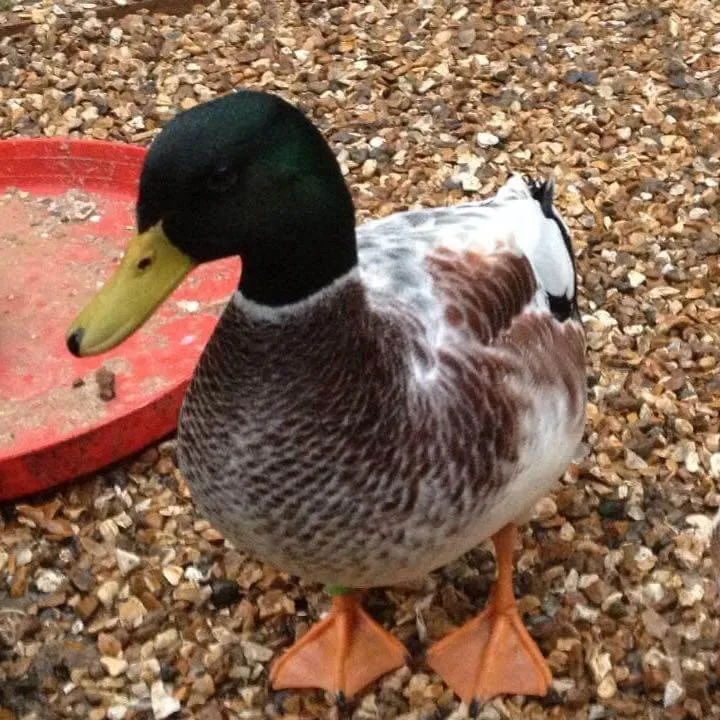
Silver Bantam duck. Photo used with permission from Vicky Quick.
The Silver Bantam is a small bantam duck, with ducks weighing 1.75 lb (0.8 kg) and drakes weighing 2 lb (0.9 kg).
Females have a buff-colored “hood” on their head and males have an iridescent green hood when in nuptial plumage (during breeding season) and a black hood when in eclipse plumage.
The bill color of the Silver Bantam is sex-linked: by eight weeks of age, the sex of the ducklings can be discerned by their bill color. Drakes will have olive green bills, and ducks will have dark slate grey bills.
They fly well, are good mothers, and lay 60-160 small white eggs a year. If you want a bantam duck that can lay well, Silver Bantam ducks are one of the best options. They are also docile and less noisy than Call ducks.
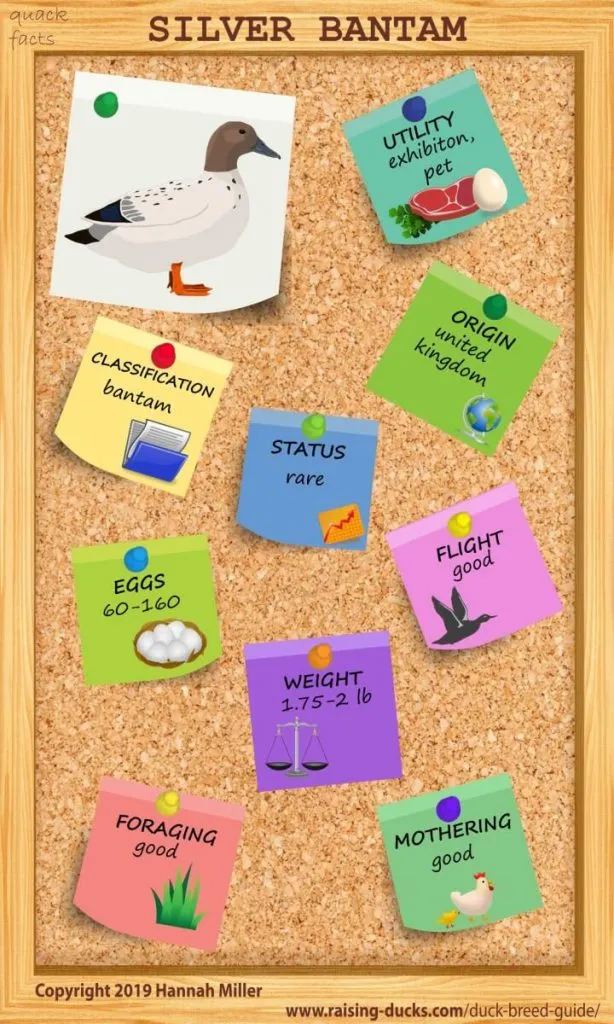
History
Silver Bantams were created in the 1940s, shortly after World War II, in Suffolk, U.K., when Reginald Appleyard crossed a small Khaki Campbell with a White Call.
The resulting birds resembled the Abacot Ranger rather than the Silver Appleyard, but Reginald Appleyard chose to call them the Miniature Silver Appleyard anyway. There was not much interest in this new breed, and its numbers declined.
Later, in the 1970s, Tom Bartlett created a true bantam version of the Silver Appleyard that was colored the same as its larger counterpart. In 1997, the true Miniature Silver Appleyard was standardized, and in the UK, the ducks created by Reginald Appleyard were renamed the “Silver Bantam.”
Thus, even though the Silver Bantam looks like a miniature version of the Welsh Harlequin or Abacot Ranger and was developed by the same man who created the Silver Appleyard, it is related to neither. It is not a miniature version of anything.
However, in the US, there are none of Bartlett’s true Miniature Silver Appleyards (I’ve been told). Birds that are called this are actually what are called Silver Bantams in the UK.
To know whether you’re looking at a Silver Bantam/Miniature Silver Appleyard or a true Miniature Silver Appleyard, look at the coloration. True Miniature Silver Appleyards are also slightly larger than Silver Bantams.
These are Silver Bantams:
https:
https:
https:
These are true Miniature Silver Appleyards:
https:
https:
https:
Image Gallery
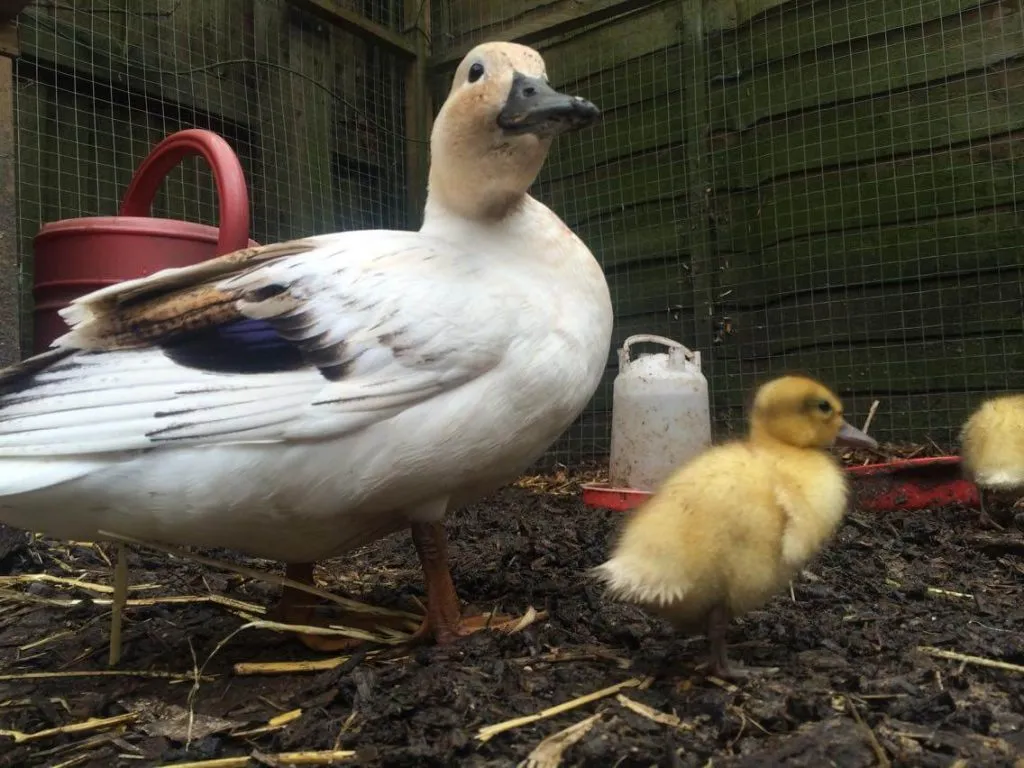
Silver Bantam duck and duckling. Photo used with permission from Vicky Quick.
View this post on Instagram
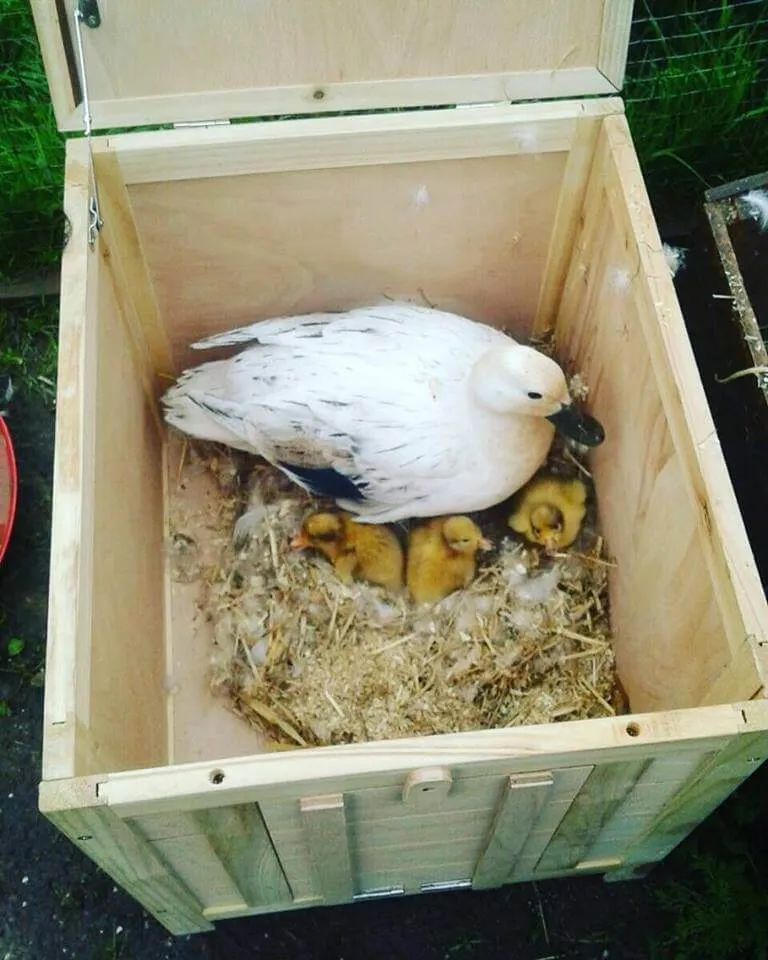
Silver Bantam duck with ducklings. Photo used with permission from Vicky Quick.
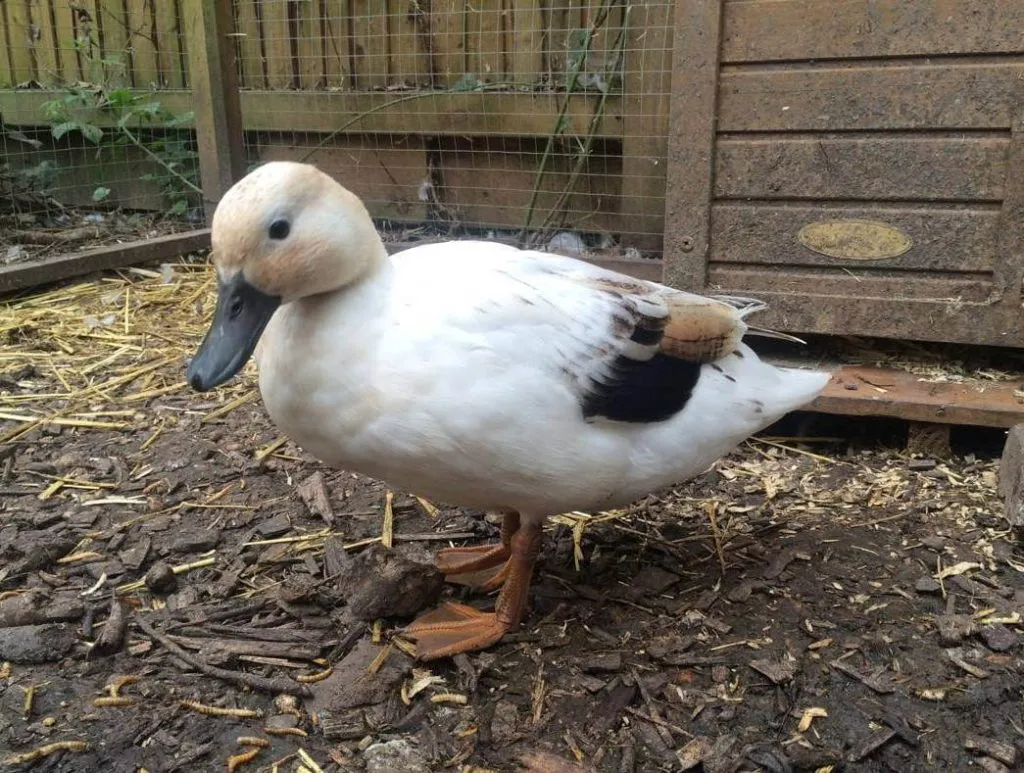
Silver Bantam duck. Photo used with permission from Vicky Quick.
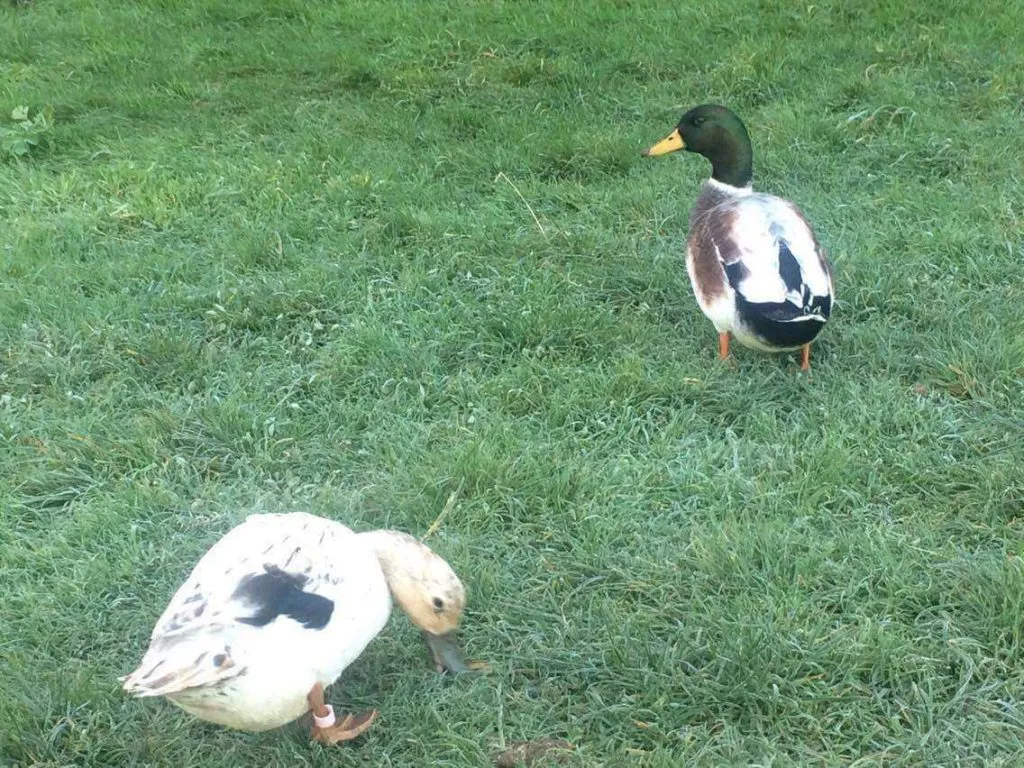
Silver Bantam duck and drake. Photo used with permission from Vicky Quick.
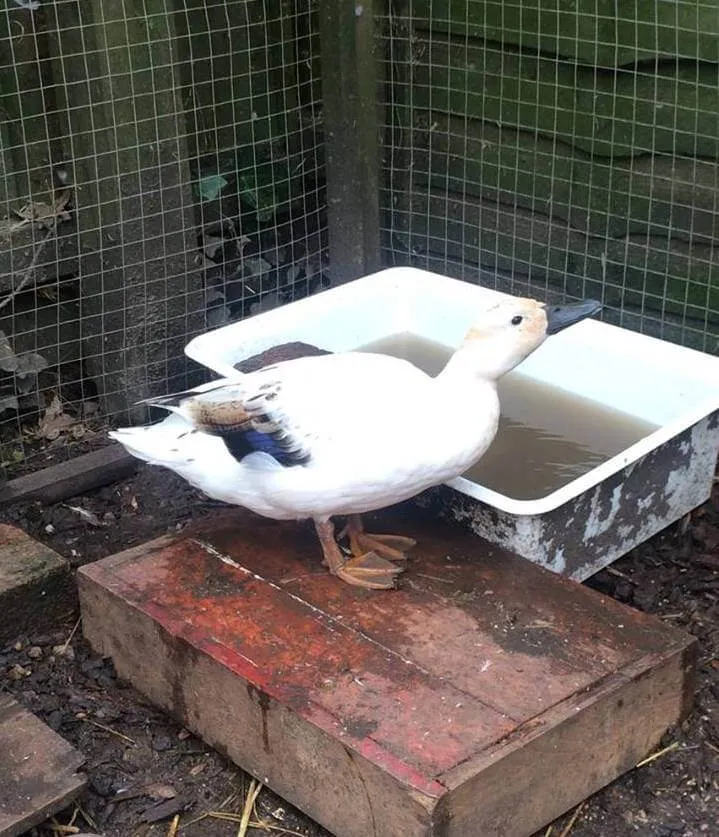
Silver Bantam duck. Photo used with permission from Vicky Quick.
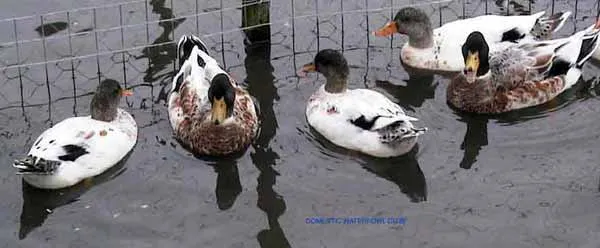
Silver Bantams swimming, two drakes and three ducks. Photo used with permission from The Domestic Waterfowl Club of Great Britain.
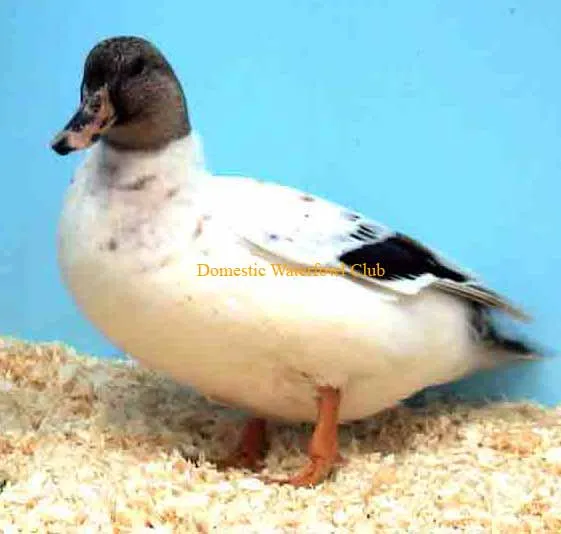
Female Silver Bantam at a show. Photo used with permission from The Domestic Waterfowl Club of Great Britain.
Leave a comment
Your email address will not be published.